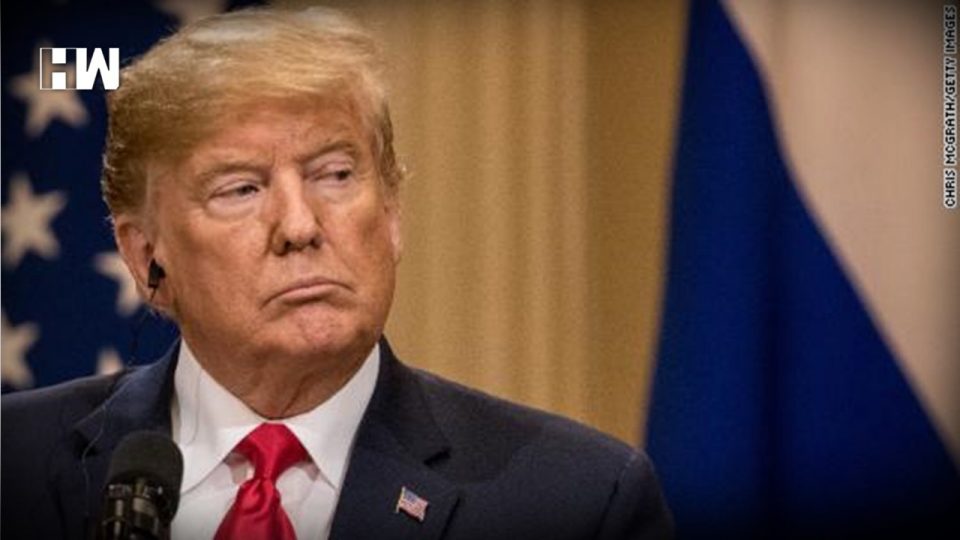Washington | President Donald Trump backed off his demand for USD 5 billion in border wall funding but his subsequent offer was rejected by congressional Democrats, leaving the opposing sides struggling to avert a partial US government shutdown.
Trump had stood firm for days, declaring he needed the funds to build the controversial wall, defiantly proclaiming last week that he would be “proud” to stop some government operations cold after a midnight Friday deadline if he did not get his wish.
He appeared to ease that stance early when the White House said it did not want a shutdown and was looking for “other ways” to obtain funding, including getting Congress to reprogram USD 1 billion in unspent funds so Trump could use them on his immigration policies.
“The president asked every one of his cabinet secretaries to look for funding that can be used to protect our borders,” White House spokeswoman Sarah Sanders said.
Minority Leader Nancy Pelosi — set to become speaker of the House when Democrats take control of the chamber January 3 — and top Senate Democrat Chuck Schumer shot down the proposal, saying the USD 1.6 billion in border security funding in the proposed legislation is sufficient. “Leader Schumer and I have said that we cannot accept the offer they made of a billion-dollar slush fund for the president to implement his very wrong immigration policies,” Pelosi told reporters. “So that won’t happen.”
The deadlock leaves thousands of federal workers in limbo, wondering whether they will be sent home without pay one week before Christmas. Trump said it was still “too early to say” whether a deal could be struck in time.
“We’ll see what happens,” he said at the White House. “We need border security.” If Republican and Democratic lawmakers fail to reach agreement on a spending package by midnight Friday, parts of the government will slide into a shutdown, paralyzing some federal operations.
The exact impact is difficult to foretell. About 75 percent of the government is already funded through September 2019.
But a quarter of government operations still require spending agreements and could face disruptions, including the departments of justice and homeland security.
Republicans presently control Congress, including 51 seats in the 100-member Senate. But a deal in the upper chamber can only advance with 60 votes, meaning Democratic support is vital.
Pelosi said the path forward remained unclear, and that a stopgap “continuing resolution,” or CR, might be required. Senate Majority Leader Mitch McConnell insisted he remained confident there would be no work stoppage.
“I think a government shutdown is not a good option,” McConnell said, adding he was in discussions with the White House on ways forward. But he acknowledged that a brief CR might be the likeliest move.
“If we end up going with a relatively short-term CR, we will end up, in effect, punting this year’s business into next year,” McConnell said. Meanwhile, Sanders expressed optimism that the White House could find legal ways to obtain extra funding.
“There are certainly a number of different funding sources that we’ve identified that we can use… that would help us get to that USD 5 billion that the president needs in order to protect our border,” she said on Fox News.
As an independent media platform, we do not take advertisements from governments and corporate houses. It is you, our readers, who have supported us on our journey to do honest and unbiased journalism. Please contribute, so that we can continue to do the same in future.

